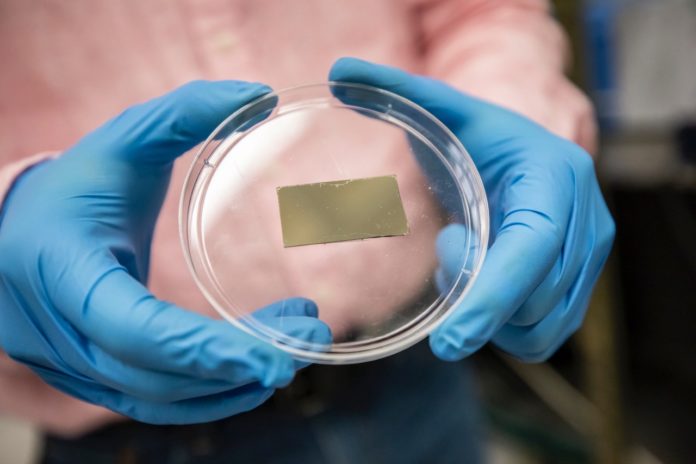New Delhi (NVI): A team of researchers at the University of California in the US has developed an artificial photosynthesis system, that appears capable of performing all the key steps of the fuel-generating reaction.
Made of nanosized tubes, the artificial photosynthesis system is designed to mimic a leaf and convert carbon dioxide into cellular fuel.
Artificial photosynthesis is a complex system by nature that scientists have been trying to copy for numerous years. The experiment is about using sunlight to generate fuel and power in our homes and vehicles from CO2 and water.
A group of researchers at the Department of Energy’s Lawrence Berkeley National Laboratory (Berkeley Lab) have dedicated their time and effort to build an artificial version of a leaf that can perform photosynthesis.
Their work on making artificial photosynthesis possible might enable us to generate completely renewable energy from the CO2 in our atmosphere.
Scientist Heinz Frei and his team developed this system with the use of nano-sized tubes in the Department of Energy’s Lawrence Berkeley National Laboratory. As of now, it seems that it is capable of performing the needed steps for the fuel-generating reaction.
Frei has spent decades working toward building an artificial version of one of nature’s most elegant and effective machines: the leaf.
The latest design by Frei and his team makes the flow of protons from the interior space of the tube to the outside possible. This means that the protons flow from where they are generated from splitting water molecules to where they combine with CO2 and electrons to form fuel.
Previously, researchers had problems with the fast proton flow, which is crucial for efficiently harnessing sunlight energy to form a fuel.
As of now, the fuel that is produced by the experiment under artificial photosynthesis is carbon monoxide, but the team’s goalis to produce methanol.
Having made the tubes that are needed for the photosynthetic tasks, the team will begin testing the complete system. The individual unit of the system is planned to be small square “solar fuel tiles”. These will contain billions of nanoscale tubes.
“There are two challenges that have not yet been met. One of them is scalability. If we want to keep fossil fuels in the ground, we need to be able to make energy in terawatts – an enormous amount of fuel. And, you need to make a liquid hydrocarbon fuel so that we can actually use it with the trillions of dollars’ worth of existing infrastructure and technology,” Frei said.
He adds that once such a model is made, generating solar fuel out of individual tiles could proceed directly. “We, as basic scientists, need to deliver a tile that works, with all questions about its performance settled. And engineers in industry know-how to connect these tiles. When we’ve figured out square inches, they’ll be able to make square miles.”
The team hopes that these tiles could tackle the hardships that this type of technology still face today.








